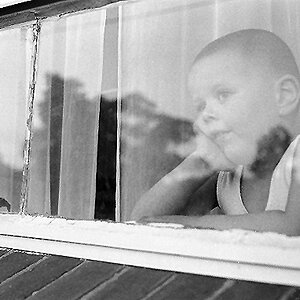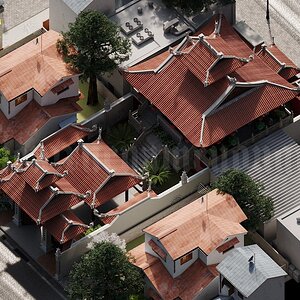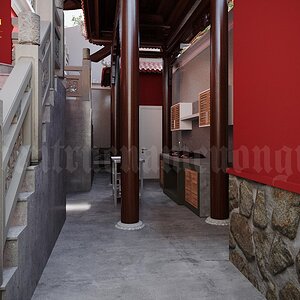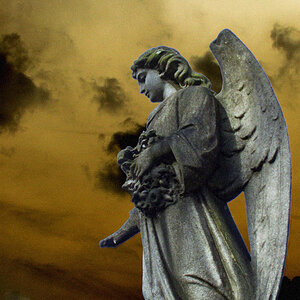Rifleman1776
TPF Noob!
- Joined
- Jan 4, 2009
- Messages
- 182
- Reaction score
- 1
- Location
- Mountain Home, Arkansas
- Can others edit my Photos
- Photos NOT OK to edit
The term DLSR stands for 'digital single lens reflex' camera.
The term P&S refers to small, easy to use 'point and shoot' digital cameras.
But, there is a range of cameras that are really single lens reflex but seem to be orphaned without a standard terminology.
The DLSR is limited to high end cameras that accept interchangeable lenses.
The cameras I am referring to are 'sorta' mid range with single lens reflex but not interchangeable lenses. Some of these are quite excellent cameras.
What are they called? I call them mid-range. Maybe we should give them a name that will be widely accepted.
I call them mid-range. Maybe we should give them a name that will be widely accepted.
The term P&S refers to small, easy to use 'point and shoot' digital cameras.
But, there is a range of cameras that are really single lens reflex but seem to be orphaned without a standard terminology.
The DLSR is limited to high end cameras that accept interchangeable lenses.
The cameras I am referring to are 'sorta' mid range with single lens reflex but not interchangeable lenses. Some of these are quite excellent cameras.
What are they called?



![[No title]](/data/xfmg/thumbnail/40/40286-86401b94de8b01bea8bb4ea154aaea0a.jpg?1619739408)







![[No title]](/data/xfmg/thumbnail/36/36680-2f2b1d32244516c9d5cf39af9b78b382.jpg?1619737677)

